
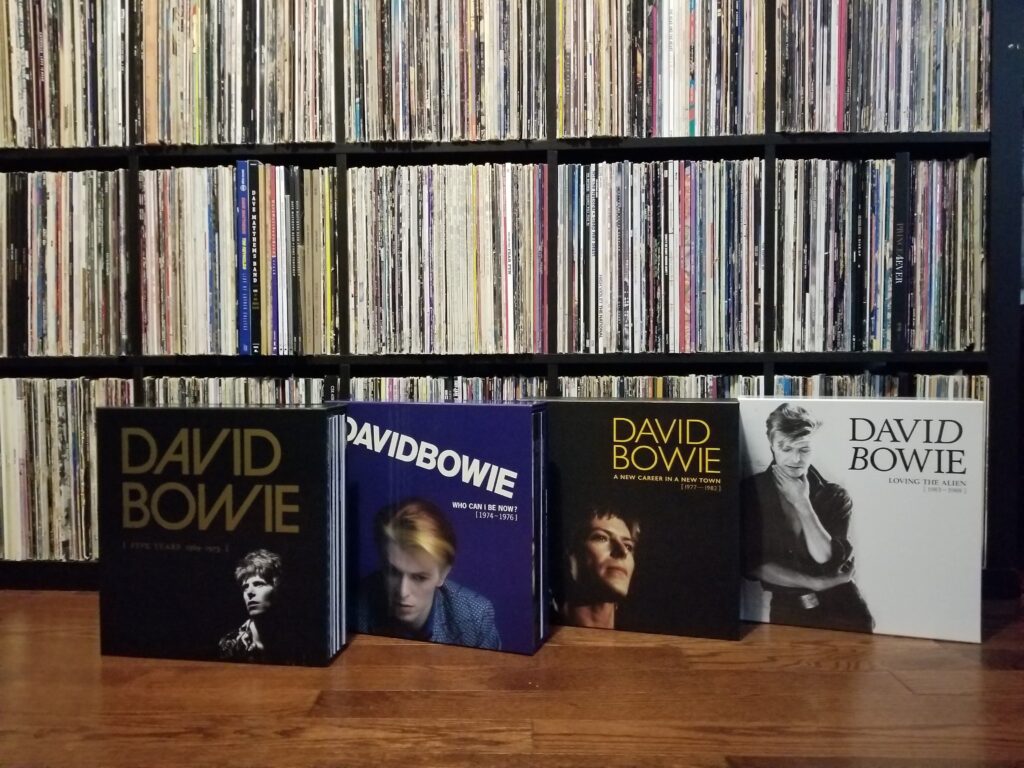
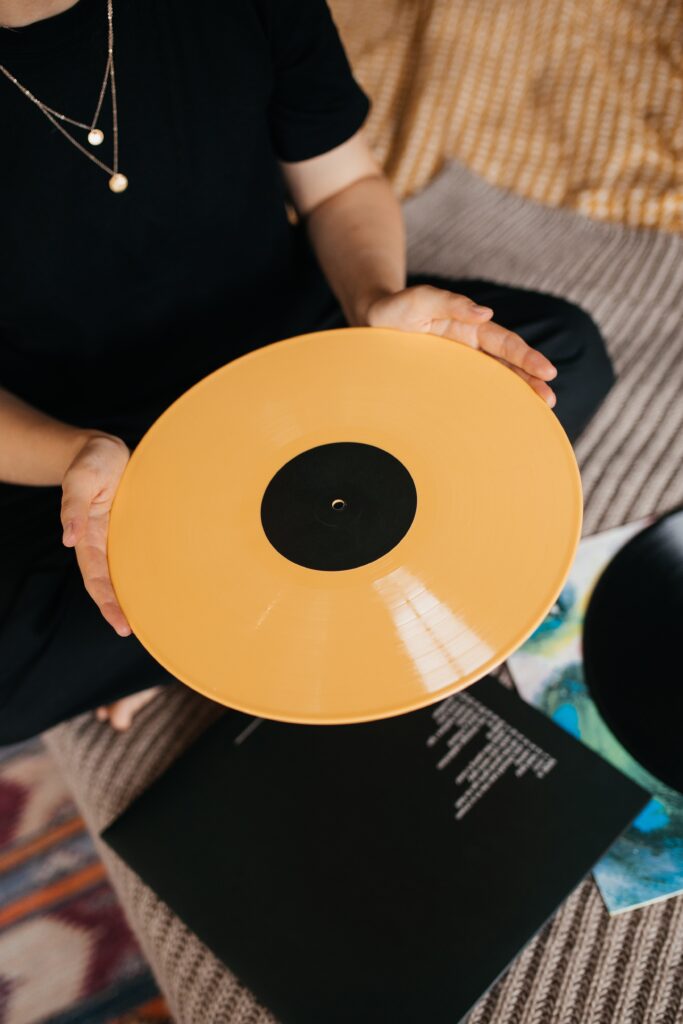
How to Identify Rare Vinyl
Collecting vinyl records is an art form that combines nostalgia, cultural history, and the thrill of discovery. For many, vinyl records are tangible pieces of musical heritage, each with its own story and significance. As collections grow, so does their sentimental and monetary value. We read Nina Derwin’s article on Martha Stewart’s website earlier this week titled ‘8 Ways to Identify Rare and Valuable Vinyl Records, According to Music Experts‘ that talked about some of the many nuances of identifying valuable vinyl records. While the article did not explicitly talk about the importance of insuring high-value vinyl record collections, our own record aficionado was compelled enough to write this article on how to identify rare vinyl in response to the original article.
Identifying Rare and Valuable Vinyl Records
To summarize Derwin’s article, she argues that the enduring popularity of vinyl records highlights a strong appreciation for physical music formats, even in a digital age. Record collectors often seek out rare and valuable records by examining elements like the audio engineer involved, misprints, and the record’s release date. Additionally, unique features such as controversial covers, limited editions, and test pressings significantly enhance a record’s desirability. Regional pressings add yet another layer of appeal, as collectors value the distinctiveness and history these records represent.
Digging deeper through crates and crates of vinyl, collectors understand that the value of a vinyl record is influenced by several factors, including rarity, condition, historical significance, and unique features. Record enthusiasts and experts alike know that some of the key aspects to consider when assessing a record’s value, as noted in Derwin’s article are:
Misprints and Mispressings:
Errors during production, like incorrect labels or track listings, can render a record rare and valuable. These errors are often produced in very limited quantities before ultimately the mistakes are found and corrections are made. Misprints increasing their scarcity.
Limited Editions and First Pressings:
First pressings and limited edition releases are typically more valuable due to their scarcity and the historical context of their production. Collectors prize these records for their authenticity and connection to the original release period. The original, first pressing of Dave Matthews Band’s ‘Before These Crowded Streets’ was released in 1998. Recent sales history on Discogs shows that the average sale was around $720. A newer repress to celebrate the album’s 25th anniversary in 2023 can be purchased for around $50.
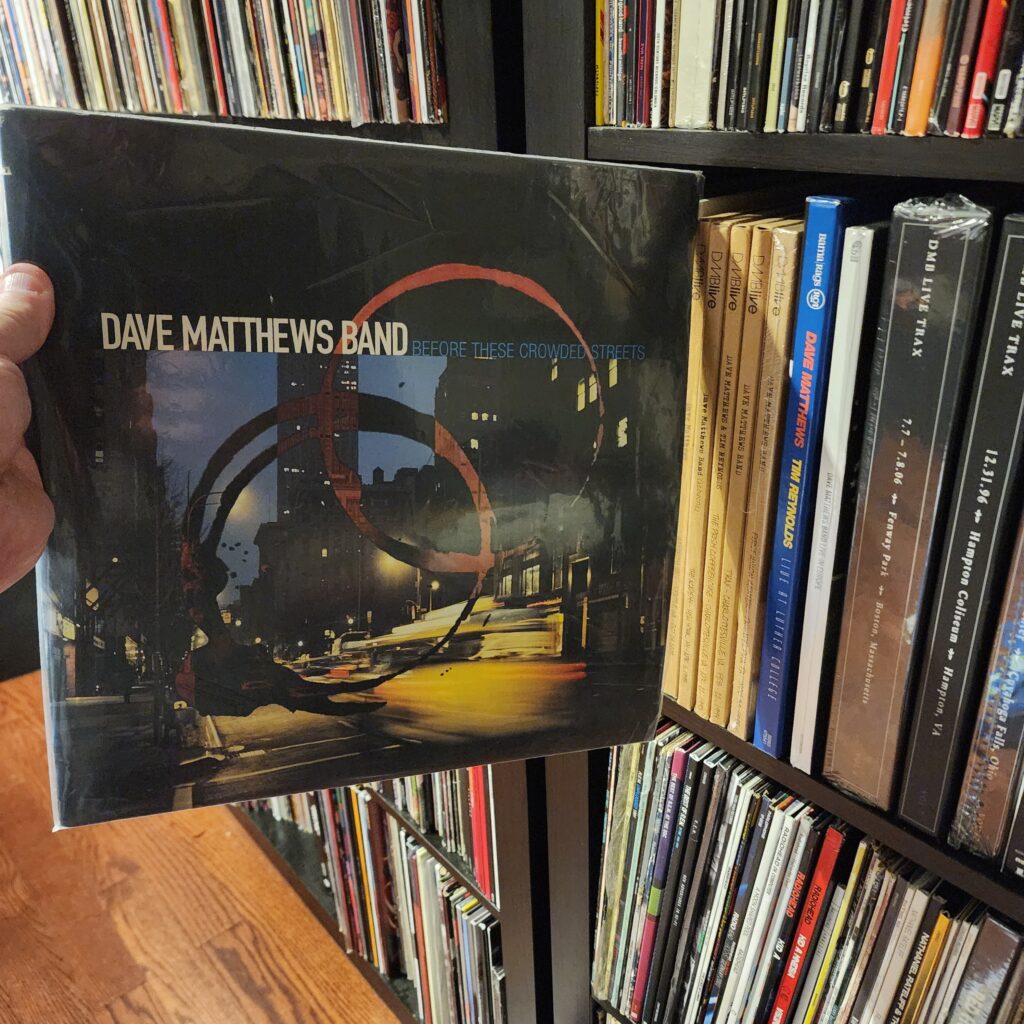
Controversial Cover Art:
Albums featuring artwork that was later censored or altered can become highly sought after. The original covers, often pulled from shelves shortly after release, are rare and hold significant value. The icon Beatles’ “Butcher Cover,” featured on the initial release of Yesterday and Today in 1966, is one of the most infamous and sought-after vinyl records in vinyl record history. The cover depicted the band dressed in butcher aprons surrounded by raw meat and decapitated doll parts. This cover, which sparked significant controversy and public outcry was quickly withdrawn and replaced with the ‘trunk cover’ which featured a subdued image of the Fab Four posed around a steamer trunk. Copies with the original artwork are now rare and highly valuable, symbolizing a provocative moment in Beatles history.
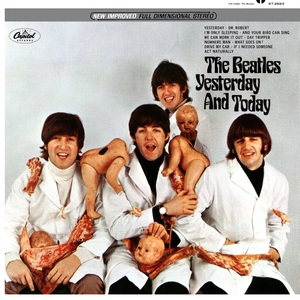
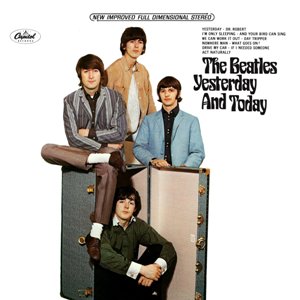
Audio Engineer:
The involvement of renowned audio engineers can enhance a record’s desirability. Collectors often seek out records engineered by industry legends, as their expertise contributes to superior sound quality and historical importance. To learn more, we recommend reading ‘Engineering Excellence: A Look at 10 of the Most Iconic Audio Masters of All Time’ which highlights some of the most important musical engineers like George Martin who’s primarily known for his work with The Beatles, Jeff Beck and Celine Dion; the late Quincy Jones who worked with Michael Jackson, Frank Sinatra and Ray Charles; and Bob Clearmountain whose work includes David Bowie, Bruce Springsteen and The Rolling Stones.
Regional Editions:
Records released in specific regions, such as Japan or the United Kingdom, may feature unique artwork, track lists, or mixes, making them particularly appealing to collectors seeking distinctive variations. Japanese vinyl is typically manufactured with virgin vinyl, which is unrecycled and free of impurities, which results in less surface noise and higher sound quality. Japanese records also typically include the obi strip, which is a thin piece of paper that runs across the top of the cover.
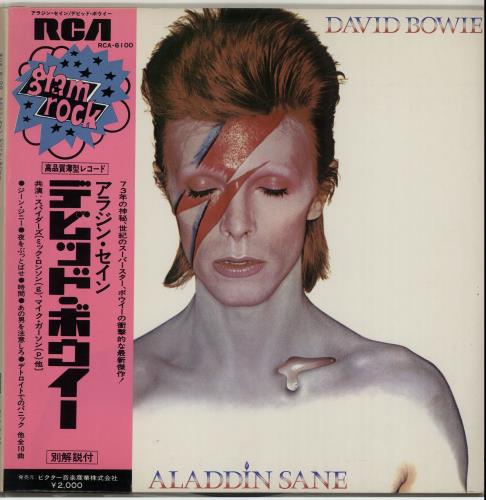
The Importance of Insuring Your Vinyl Record Collection
As the value of a vinyl record collection increases, it becomes essential to protect it against potential risks such as theft, damage, or loss. Specialized vinyl records insurance offers coverage tailored to the unique needs of collectors.
- Comprehensive Coverage: Unlike standard homeowners’ policies, which may have limited coverage for collectibles, specialized insurance provides protection against a wide range of risks, including accidental damage and environmental factors like heat or moisture that can warp records.
- Automatic Coverage for New Acquisitions: Many specialized policies include provisions for newly acquired records, ensuring that recent additions to your collection are immediately protected without the need for additional paperwork.
- Accurate Valuation: Specialized insurers understand the nuances of the vinyl market and can provide accurate valuations, ensuring that you receive appropriate compensation in the event of a loss.
Preserving the Value of Your Collection
Proper maintenance is crucial to preserving the value of your vinyl records:
- Storage: Store records vertically in a cool, dry environment to prevent warping and degradation. Use protective sleeves to shield them from dust and scratches.
- Handling: Always handle records by the edges to avoid transferring oils and dirt from your fingers to the vinyl surface.
- Cleaning: Regularly clean records using appropriate cleaning solutions and equipment to maintain sound quality and condition.
Sound Advice for Record Collectors
Collecting vinyl records is a rewarding endeavor that offers vinyl record enthusiasts both personal satisfaction and potential financial gain. As vinyl records continue to gain popularity, understanding the factors that contribute to a record’s value and taking steps to protect your collection through proper maintenance and specialized insurance, become even more important. With proper protection, a vinyl collector will ensure their vinyl treasures are preserved for years (and possibly generations) to come.
